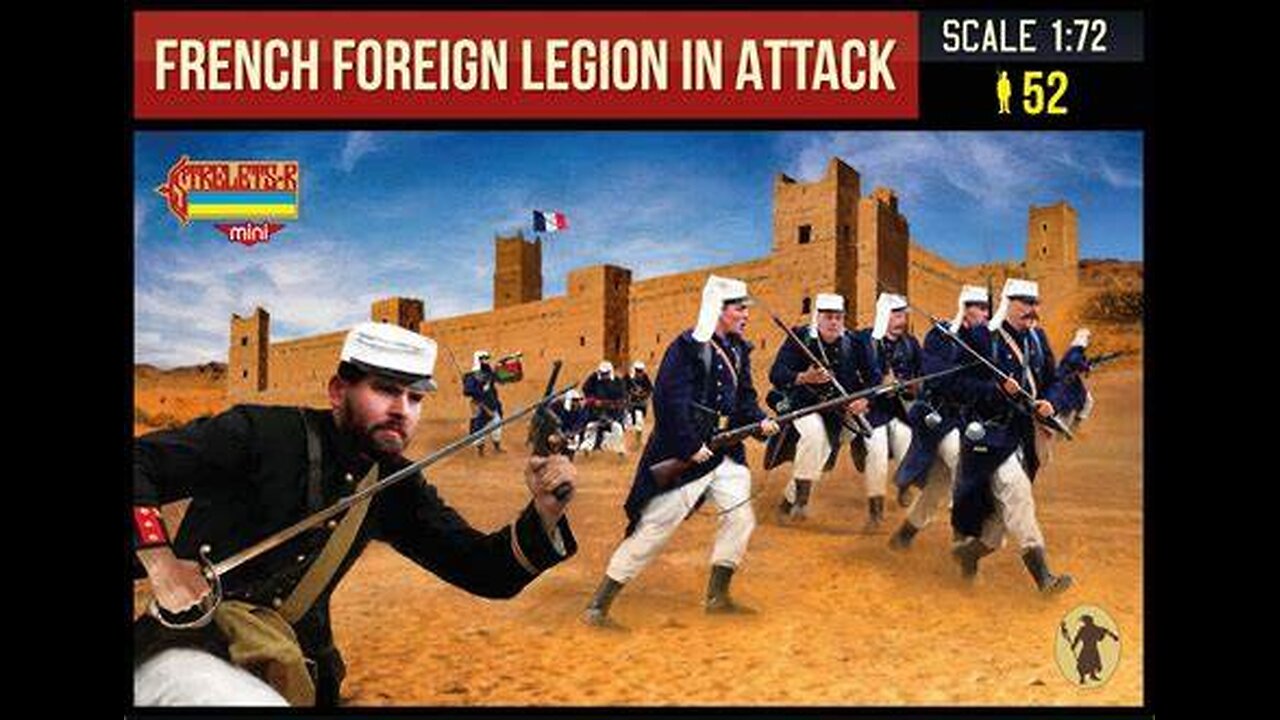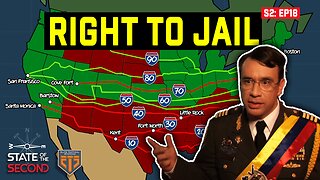Premium Only Content

Memories of an Exiled Berber
Rif War, (1921–26), conflict between Spanish colonial forces and Rif peoples led by Muhammad Abd el-Krim. It was fought primarily in the Rif, a mountainous region of northern Morocco. The war was the last and perhaps the most significant of many confrontations over the centuries between the Rif—the Berber peoples inhabiting the region—and the Spanish.
Background and context
The establishment of the French protectorate in Morocco in March 1912 resulted from the implosion of the Moroccan polity after decades of European interference in Moroccan affairs. In November 1912, owing to British insistence that a buffer be created between French North Africa and Britain’s strategic base at Gibraltar, the French granted Spain a protectorate “sublease” of 7,700 square miles (20,000 square km) along Morocco’s Mediterranean coast. That territory was contiguous with Spain’s long-established enclaves of Melilla and Ceuta and reflected Spain’s desire to reestablish a colonial presence after the humiliating losses of the Spanish-American War (1898).
Unfortunately for Spain, much of the protectorate was an inaccessible rural backwater of difficult mountainous terrain inhabited by dozens of Berber groups, known collectively as the Rif. Although those groups were nominally subject to the Moroccan sultan’s authority, most preserved considerable local autonomy and were absolutely opposed to being ruled by Spanish Christians. The Spanish government handed over the administration and “pacification” of the protectorate to the Spanish army. It was questionable whether that conscript force had the resources, leadership, training, and morale to carry out the charge effectively. Indeed, six years of subsequent military effort still left about three-fourths of the protectorate “unpacified.”
Frustrated with the situation, in 1919 the Spanish government authorized the protectorate’s high commissioner, Gen. Dámaso Berenguer, to step up efforts to bring more of the protectorate under Spanish control. Berenguer, based in the protectorate capital of Tétouan in the western part of the zone, was assisted in the east by his more-aggressive subordinate, Gen. Manuel Fernández Silvestre. Berenguer’s primary focus was to make cautious advances into the mountainous Yebala region and occupy the holy city of Chefchaouene. Fernández Silvestre’s chief objective was to secure the strategic Alhucemas Bay in the central Rif as expeditiously as possible and to pacify the Beni Urriaguel, the most-significant, bellicose, and independent group in the Rif.
D-Day. American soldiers fire rifles, throw grenades and wade ashore on Omaha Beach next to a German bunker during D Day landing. 1 of 5 Allied beachheads est. in Normandy, France. The Normandy Invasion of World War II launched June 6, 1944.
Britannica Quiz
A History of War
The Abd el-Krims were a leading Beni Urriaguel family, and they had collaborated for many years with the Spanish authorities in Melilla. That relationship ended abruptly in 1919 when the Abd el-Krims realized that the Spanish were intent on the military occupation and domination of their group. After his father’s death in 1920, Muhammad Abd el-Krim, a man of considerable leadership and organizational skills, along with his brother and other members of his extended family, undertook to galvanize his group and neighbouring peoples against the Spanish advances.
-
 LIVE
LIVE
The Bubba Army
22 hours agoTrump Musk BreakUp? - Bubba the Love Sponge® Show | 6/04/25
1,963 watching -
 29:12
29:12
Producer Michael
18 hours agoTOURING A $13,750,000 LAS VEGAS MEGA MANSION WITH SPECTACULAR VIEWS OF THE STRIP!
11K6 -
 1:37:10
1:37:10
Nick Freitas
15 hours agoWhat We've Learned Through 26 Years of Marriage
4.37K1 -
 LIVE
LIVE
BEK TV
22 hours agoTrent Loos in the Morning 6/4/2025
164 watching -
 24:56
24:56
Brandon Lutnick
5 days agoBitcoin 2025: Brandon Lutnick and Paolo Ardoino fireside chat
17.8K4 -
 9:12
9:12
SKAP ATTACK
15 hours ago $1.48 earnedFlopping, Foul Baiting & Lack of Physicality has RUINED the NBA
17.1K3 -
 24:46
24:46
JasminLaine
16 hours agoDanielle Smith DROPS THE HAMMER—“If Government Has to Step In—We FAILED!”
12.4K17 -
 1:02:37
1:02:37
State of the Second Podcast
16 hours agoTraveling Armed in America: Why is it so Complicated? (ft. Elite Tactical Systems)
12.4K5 -
 LIVE
LIVE
NEWSMAX
5 months agoNEWSMAX2 LIVE | Real News for Real People
2,090 watching -
 13:05
13:05
Actual Justice Warrior
3 days agoJudge Threatens To Jail Corrupt Super Mayor
32K31